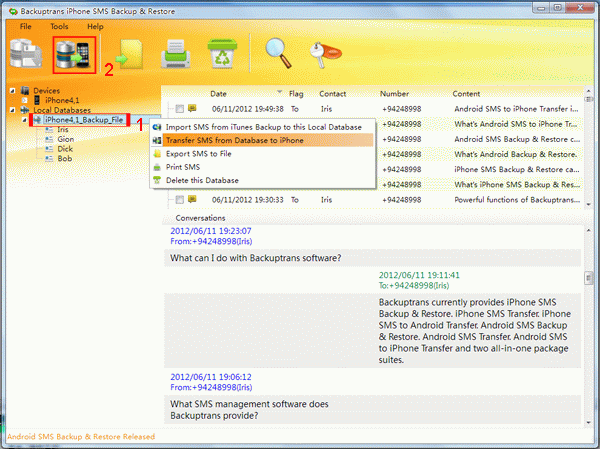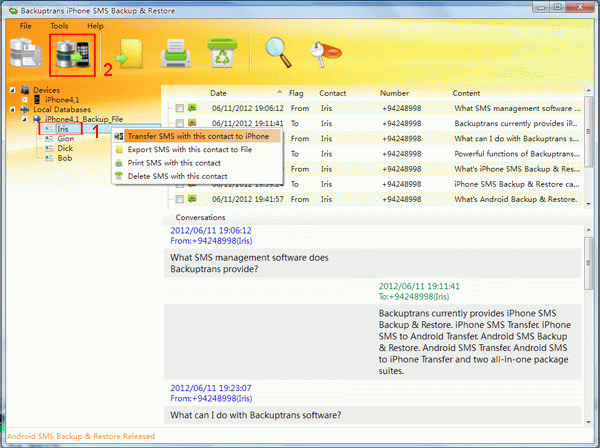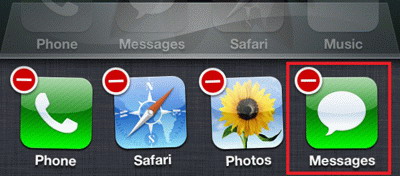Dan & Sheila
Surviving Survivalism
September 27th, 2012
Reader Views: 608
 Having good radio equipment is important for many reasons. What will you do when there is no Internet? What will you do when there is no cellphone service? How will you know what?s going on in other parts of the country, let alone the world? Radio signals don?t need an intermediary, they just bounce all over the earth and are received by radios.
Having good radio equipment is important for many reasons. What will you do when there is no Internet? What will you do when there is no cellphone service? How will you know what?s going on in other parts of the country, let alone the world? Radio signals don?t need an intermediary, they just bounce all over the earth and are received by radios.
?
?
It?s not even necessary that you transmit (speak) on the radio, but the information you can garner from just listening to others from far away is worth the time it takes to understand how to use a radio.
There are many ways to go in purchasing a communications radio, depending on your budget. You can buy yourself a brand new, state-of-the-art Kenwood or I-com for example, both of which are great radios. But the expense can be quite high, typically in the many hundreds of dollars.
A less expensive but just as viable way to go is a ?free band radio?. This is a 10 meter ham radio that has had additional freeband frequencies installed. This will expand coverage to include the 12, 11 (the CB frequency band) and sometimes 9 meter bands. In a converted CB radio, this is called a radio with extra channels.
A 10 meter radio is very common and inexpensive, as well as their low-rent cousins, CB radios. Many can be found on ebay for under $200 and may already have the additional frequencies installed. Also any good SSB (single side band) CB radio can have what they call ?Extra Channels Added? by any good tech. (Lots of mods here?http://www.dxzone.com/tag-cb-mods/.) CB shops at truck stops often times have used free band radios for sale at good prices, but check Ebay for prices on used radios before going.
Any frequency on the radio can be used in various modes, the most common being AM, Single Side Band (SSB), Upper Side Band (USB) and CW. CW means constant wave mode, which is the mode used for Morse Code and RTTY. It is possible to send several and receive multiple pages of text files via RTTY. The software needed can be found here (http://gmfsk.sourceforge.net/?). Radios with a CW mode like the RCI 2950 (et al) and the Uniden HR2510 have the CW mode installed. There are other models that also have CW mode, however no CB radios have CW mode. You can send pictures and text files to others, similar to a fax. This will be an excellent way for the people to maintain contact with others during times of crisis or total collapse.
The legal frequency range of a Citizens Band radio is 26905 megahertz through 27405 megahertz (mostly in 10 kilocycle steps per channel), covering the 40 channels of CB radio. Freebanding is when an unlicensed radio operator uses the non-allocated frequencies in the 11 meter band (CB radio and beyond). When society has collapsed, who care who has a license?
Most freebanders use the Single Side Band (SSB) mode of these channels as opposed to the AM mode. The chatter you may have heard on channel 19 (the truckers channel) is in the AM mode. AM mode of operation is limited in range, however using the SSB mode affords greater range and more output power. A legal CB radio has 4 watts output on the AM band and 12 watts on the SSB band.
This means that when conditions are right (sunspots, etc.) SSB signals can travel greater distances than those in the AM mode. One early morning, while driving west on I-90 in Idaho, I made a contact with Tokyo, Japan using SSB and a HR 2510 Uniden radio. That was a contact of over 7000 miles with less than 20 watts of power.
Once the world goes in to collapse there will still be thousands of people using the freebands. This can be used to create a radio round-robin or?relay?to share information and help others.
The international call frequencies are:
27555 USB The US and the world except for Europe
26285 USB Europe
First a little bit about how to use a call frequency. A call frequency is a frequency on which we make contact with someone who would like to have a conversation with us. The parties then go to another frequency of their choice to continue the conversation. It is unlike the chatter you may have heard on the AM side ? CB Channel 19 and all that noise. The conversation is called a QSO.
First we must wait for a moment of silence to break in and make our call. The protocol for asking for a QSO is like this:
?C-Q, C-Q, NEW MEXICO CALLING AND LISTING ON 27560? is a typical call or CQ (?seek-you?). This tells listeners on the call frequency where to find you to have a conversation. Then we move our frequency dial to that frequency. Once there we make another call like this:
?CQ CQ New Mexico calling for any and all stations.? Or if your are looking to make a contact in a specific place:
?CQ CQ New Mexico Calling for all stations in _____? (the place of your choosing) ?and standing by for contact.?
Antennas
There are many different kinds of viable antennas to use with your radio, some very cheap some very expensive.
Some of you may choose to make a wire antenna. One of the simplest wire antennas is the ?Inverted V? ? very good for long distance communications (what the radio community calls ?skip?). The inverted V can be made for the cost of some wire and a pole.
Others may prefer to purchase something ready made, in a box. For those of you who do, we can strongly suggest the ?V Quad?. This is a directional aluminum antenna that sends a strong signal in only one direction. Like the directional TV antennas of past times, this antenna needs a rotor (this is a motor to turn the antenna from the radio shack or you can use the ?armstrong? method). It is the best non-homebrew antenna that I have ever used.?http://www.livecbradio.com/11-meter-loop-antenna.htm
Either way, when the conditions are right you?ll be talking to the world.
When radio operators say, ?conditions are right? they mean that the skip conditions are good, allowing the radio signals to be received over longer distances than normal. Skip is when the signal travels along a mostly horizontal plane before it eventually hits the ionosphere. Like a flat rock across a lake, the signal will skip along rather than pierce the ionosphere and go out into space. This skip can cause your signal to be received with nearly as much strength as it had when it left your antenna. The contact I had with Tokyo gave me an S10 signal strength, and that is as high as it gets. Sunspots are generally the cause for good skip conditions.
Coming up in Part 2 ? Family Radio Service, Business Radio Service and Scanners.
Delivered by The Daily Sheeple
Contributed by Dan & Sheila of Surviving Survivalism.
Dan & Sheila are the authors of Surviving Survivalism ? How to Avoid Survivalism Culture Shock, and hosts of the podcast Still Surviving with Dan & Sheila. For questions about space in their Intentional Survivalist Community or other survivalist issues, they can be reached at surviving@lavabit.com.
Leave A Comment...
The Daily Sheeple Home Page
Source: http://www.thedailysheeple.com/communication-items-youll-want-before-tshtf-part-1_092012
obama care miss universe canada don draper gallagher madmen james cameron liam hemsworth



























 Yes, Apple Maps
Yes, Apple Maps 








